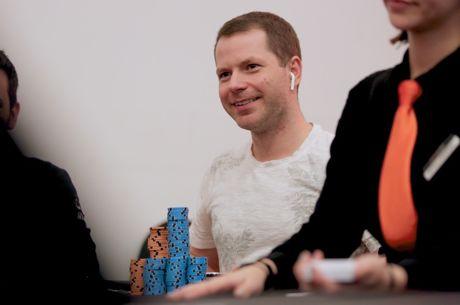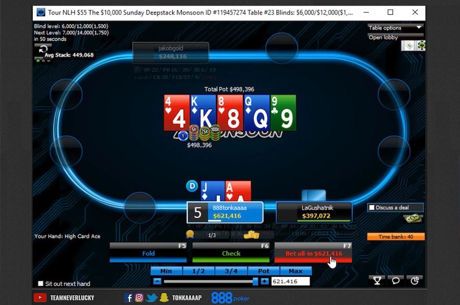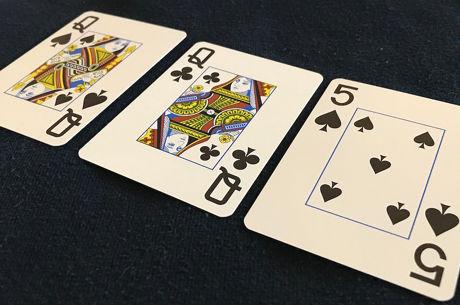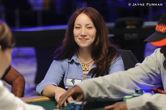The Biggest Mistake Small Stakes Tourney Players Make With 25-50 BBs

Last week, I teased the biggest mistake small stakes tournament players make with 25-50 big blinds as one that occurred frequently and that for many cannot be avoided. In fact, inexperienced players will make this mistake every single orbit. Some of you clairvoyants out there may have guessed that I am talking about misplaying hands from the big blind.
In the previous installments of this series, we discussed players who make the mistake of raise-calling or limp-calling with a wide range before the flop and how we are able to punish them for it by raising and forcing them to play a big pot from out of position. In the situation we will discuss this week, they don't even have to put themselves in that predicament. Being in the big blind frequently forces all of us to play wide and weak ranges from out of position, but inexperienced players often make a bad situation much worse.
They do this in a variety of ways. Some don't defend their big blind widely enough, and so we take advantage of them by raising on their big blind as often as we can. Others defend too widely, so much so that their ranges are too wide to defend on future streets. Against these players, we do what we always do �� fire multiple barrels at their faces.
For example, let's say our villain is sitting in the big blind with 40 BBs. If we make a raise to 2 big blinds and action folds around to him, he has to defend with around 57 percent of hands to prevent us from making money with any two cards if there are no antes present.
This range can include hands as bad as Q6o and T4s. But most small stakes players are folding those hands, especially during the pre-ante levels and when they are already starting to get short. Others will call with these sort of hands and fold to our barrels postflop since they rarely make hands that seem strong enough to call off with for their tournament life.
The problem here is that these players do not understand where certain hands sit in their range given that it is capped. For example, if you would have three-bet AT+ preflop and raised before the river with two pair-plus or an open-ended straight draw on a J29QA rainbow board, then a hand like J8o may be one of the strongest hands you can have on the river.
This means you may need to call off with it against an aggressive player like me who may be opening 60-70 percent of hands from the button and barreling off on this runout with the vast majority of that range. This is even more true if you are defending too widely preflop and get to the river with a bunch of weaker Jx and 9x combos.
In addition to knowing which hands to call down with, these players could make things a lot easier on themselves by three-betting or check-raising flops more often both for value and as a bluff. This would prevent players like me from opening so widely on their big blind.
Also, it would help if they wouldn't raise before the river with all of their strongest combos like KT and Q9 in the example hand. Although they cannot help being capped preflop, this would keep them from further capping their range with each subsequent street. This is a big mistake when facing an over-aggressive player.
Luckily for me, most players in the small stakes games I frequent will not make these adjustments. They will continue to bleed slowly by folding their big blind too often preflop or bleed slightly faster by passively defending too widely and folding too often postflop. This will result in them being left with less than 25 big blinds before they know it.
Next week, I will conclude this series with a discussion on the biggest mistake these players make once they fall below the 25 BB mark.
This strategy article by Carlos Welch for PokerNews is sponsored by partypoker.









